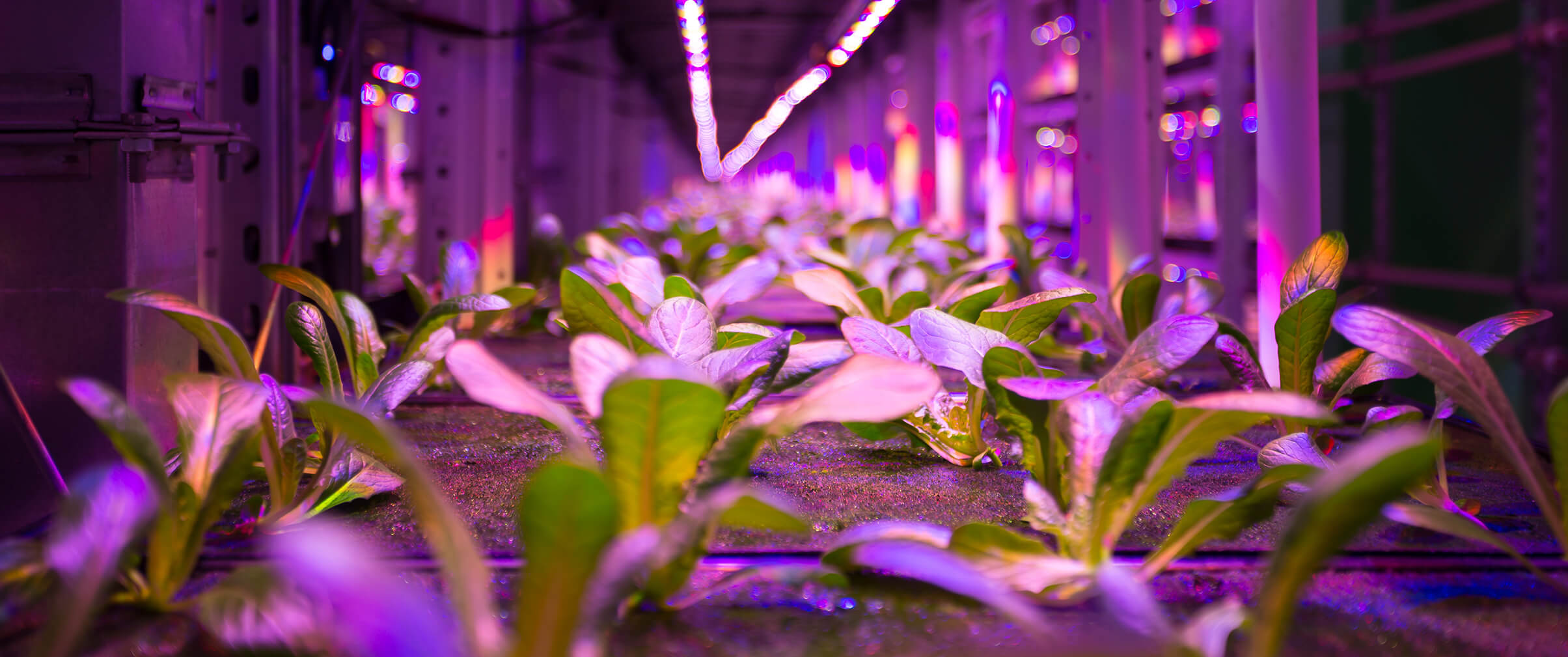Introduction
Our ability to reorganize the way we produce food will have a tremendous effect on how global warming, water scarcity and the looming hunger crises are solved. The agriculture business needs to feed a growing, increasingly urban population while dramatically decreasing its ecological footprint – in short, to grow more with less impact. Emerging technologies such as connected sensors, machine learning and automation accelerate the environment-independent agriculture. Soil-free vertical farms will soon be a familiar sight in urban environments, not because they are green and pretty, but because they are extremely efficient. Shorter supply chains equal better efficiency, lower costs and a more sustainable way of producing selected crops. When we all give in to new products that mix vegetables with meat or are completely plant-based, we have the key parts of an environmentally friendly solution within our reach. We’ll get fresher food with increased urban availability, and a potentially huge cut in pollution and chemical use.
Next steps
Vertical farming promises shorter growing times and delivery distances while using a fraction of the land, water and soil of traditional farms. LED vertical farming units enable locally automated food preparation, impacting production value and shortening supply chains. Will portable farms remain a hobby for eco-conscious citizens and something that universities or housing companies build for their PR value to new habitats? Or will they break into the mainstream? Agriculture subsidy policies will have a major impact.
Opportunities
- Consider redesigning your extra warm in-store spaces to create vertical farms for herbs and leafy greens
- Investigate vertical farming as an opportunity to offer your customers fresh vegetables with minimal “farm to fork” time, lower your carbon footprint and boost your eco credentials







